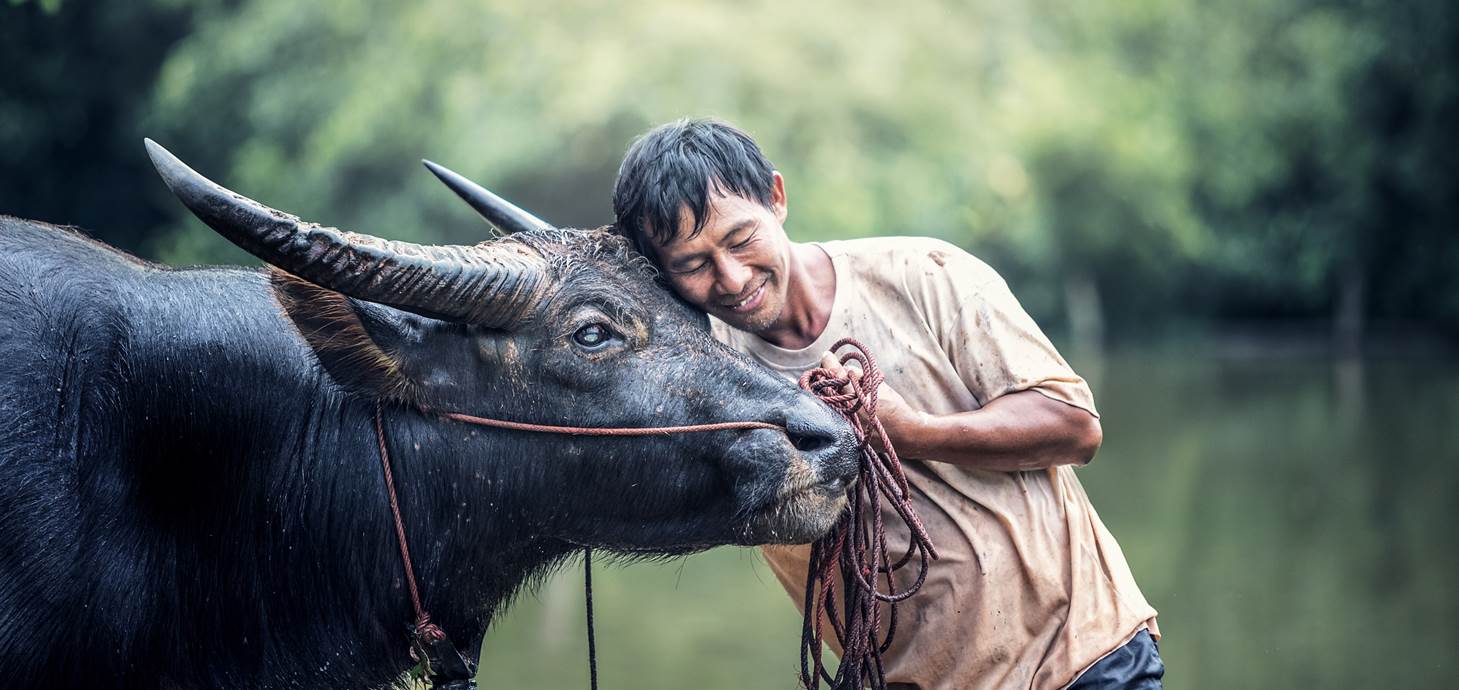These articles are now archived and will no longer be updated.

Our domesticated animals - both pets and livestock – hold the key to the spread of viruses among humans and wildlife according to new research involving Swansea University.
Our domesticated animals - both pets and livestock – hold the key to the spread of viruses among humans and wildlife according to new research involving Swansea University.
However, the study has revealed the patterns of how viruses are shared between humans and wildlife species differs between the two major groups of RNA and DNA viruses.
Dr Konstans Wells, who leads the Biodiversity and Health Ecology research group at Swansea University, said:
“Bats are commonly recognised as host of viruses that may eventually spillover into humans with devastating health effects, but the role of other mammalian groups and especially domestic species for the spread of virus are much less clear.
“Many of the current and future viral threads are linked to viruses that circulate in different animal species, connecting humans and mammal species into a huge network of who shares viruses with whom.”
Dr Wells and his colleagues traced the associations between 1,785 virus species and 725 mammalian host species from around the globe, according to published scientific evidence.
The researchers used computer models to identify which mammalian species are the most central links in the networks of how humans and mammals are associated with the same virus species, representing possible pathways of virus spread and spillover. They then computed whether some virus species are less specialised than others, enabling them to spread among a more diverse range of host species and posing higher risk for future disease emergence.
The findings provide strong evidence that beside humans, domestic animals comprise the central links in networks of mammalian host-virus interactions, because they share viruses with many other species and provide the pathways for future virus spread. They also carry the largest proportions of viruses known to be shared by humans and animals.
At the same time, the study found patterns of DNA and RNA virus sharing among different mammalian groups to be rather different. The research suggests that bats and carnivores are most influential in spreading RNA viruses but play only a minor role in spreading DNA viruses among humans and mammalian species. Ungulates (hooved mammals), are of central importance for the spread of both RNA and DNA viruses.
DNA and RNA refer to deoxyribonucleic acid and ribonucleic acid, respectively, the two crucial genetic structures encoding all living organisms. RNA viruses that cause diseases in humans and originate from animals include flu viruses, Ebola virus and the SARS virus.
Dr Wells added:
“We found RNA viruses to have high potential to shift across mammalian species with very different life histories and habitats, enabling them to be shared by more host species. This means also more risk for humans in terms of unpredictable emergence of novel infectious diseases.”
He said domesticated animals include species from different taxonomic and functional groups of animals and are not particularly distinguished from wildlife, pointing to the fact that frequent virus acquisition and dissemination is the most plausible explanation of why humans and domestic animals intensively share viruses with many wildlife species.
“It’s a matter of contact and interaction across borders,” he said. “Among the myriad of viruses and other pathogens present in different mammals across the globe, many of those that can jump and exploit novel host species benefit from humans and their companion animals leaving wildlife no longer alone - pathogens that benefit from increasing and novel contact opportunities among host species are the winners of intensifying land use and globalization.”
This research follows on from a previous study released last year, which highlighted the need for a better understanding of the way harmful parasites can spread between animals and humans.
More information and original research:
Distinct spread of DNA and RNA viruses among mammals amid prominent role of domestic species
K Wells, S. Morand, M.Wardeh and M Baylis. doi:10.1111/geb.13045
Published in Global Ecology and Biogeography
